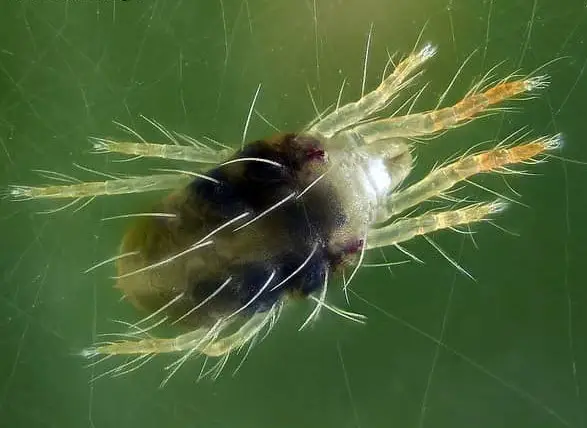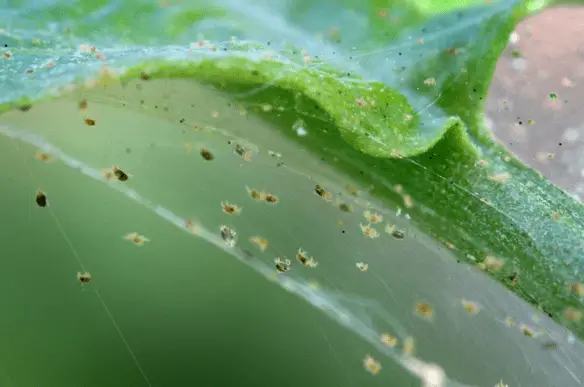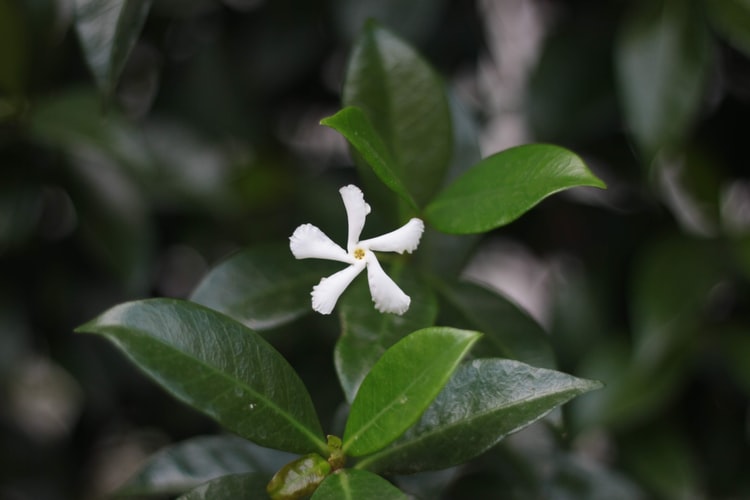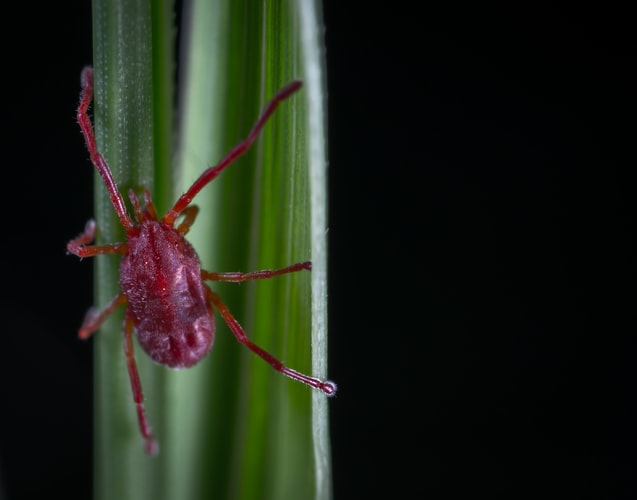Root rot, or what I call “plants’ cancer”, is a disease some plants get due to different reasons.
In this article, I will introduce to you what is root rot, its causes, treatments, and its prevention methods.
Table of Content
- What is Root Rot
- Causes of Root Rot
- Can An Infected Plant With Root Rot be Saved
- Prevention Methods from Root Rot
What is Root Rot
Root rot is a common problem that can, unfortunately, affect plants of all kinds, including flowers, vegetables, and fruit trees. It is caused by a variety of fungi and bacteria that can invade the roots of the plant and cause them to rot and die.
It is often caused by overwatering or poor drainage, which can create an environment that is conducive to the growth of these pathogens.
How can you identify root rot
There are quite a few different symptoms root rot shows on the plant since it can be caused by different factors. These symptoms include wilting, leaves turning yellow, stunted growth, soft or discolored roots, and a foul odor.
To be more specific:
- Wilting: The plant may appear wilted or droopy. It would look like it spend years in the desert even though you watered it recently.
- Yellow Leaves: The leaves will start to turn pale yellow or brown. In some cases, the leaves start to fall off.
- Stunted Growth: The plant may stop growing and seem weak. It may also not grow as vigorously as it should.
- Soft or Discolored Roots: The roots of your plant may start to appear soft, mushy, or dark in color.
- Foul Odor: The plant or soil may have an unpleasant, foul smell.
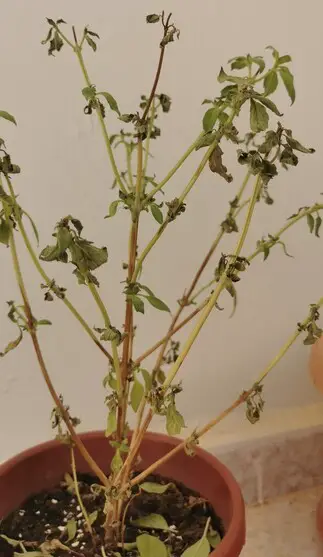
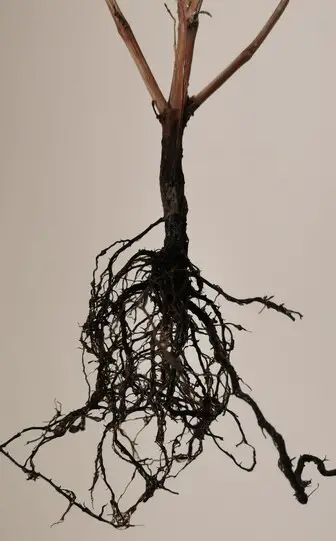
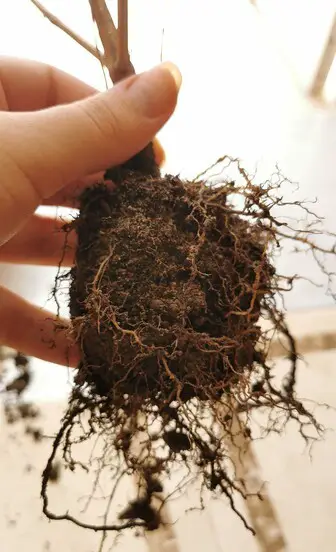
Causes of Root Rot
As I mentioned earlier, root rot is often caused by overwatering, as the excess moisture can create a conducive environment for the growth of fungi and bacteria. Other factors that can contribute to this issue include:
- Overwatering: When the soil does not have a good drainage system and remains consistently moist, the roots of the plant will suffocate and will not be able to breathe, therefore, the roots will rot.
- Poor Soil Quality: Any plant needs nutrients to have healthy growth. Some plants when they lack feed and the soil is too acidic, would be prone to root rot.
Additionally, compacted soil will not allow oxygen in for the roots to breathe. Airing the soil each now and then is important.
Related article: Causes of Black Mint Leaves & Treatment Methods
- Pests: Some pests, such as nematodes, can damage plant roots and make the more susceptible to rot.
- Plants in Containers: Plants growing in pots can be more at risk to get root rot because they may not drain as well as the ones planted in the soil in the ground.
- Poor Ventilation: When the air circulation around the plant is poor, the roots may not receive enough oxygen and, eventually, get rotten.
- Fungal Infection: When the soil is constantly moist, it will create the perfect environment for fungi to grow and attack the roots.
Can you save your plant from root rot
If you suspect your plant has root rot, you really need to act fast on it. Because as I mentioned earlier, root rot, in a way, resembles cancer. If you start treating it in its early stages, there is a possibility for you to save your precious plant.
When you’re sure your plant is suffering from root rot, you can remove the plant from its pot and inspect the roots and prune the infected ones back to their healthy root.
Disinfect the pot and then repot your plant in new, fresh, sterile soil. You need to always provide a good drainage system for all of your plants to avoid this problem from reoccurring in the future.
There are some pots that seem like they have holes while they are, in fact, just markings for you to poke them. So, please, be aware of this matter! We don’t want to suffocate our baby plants.
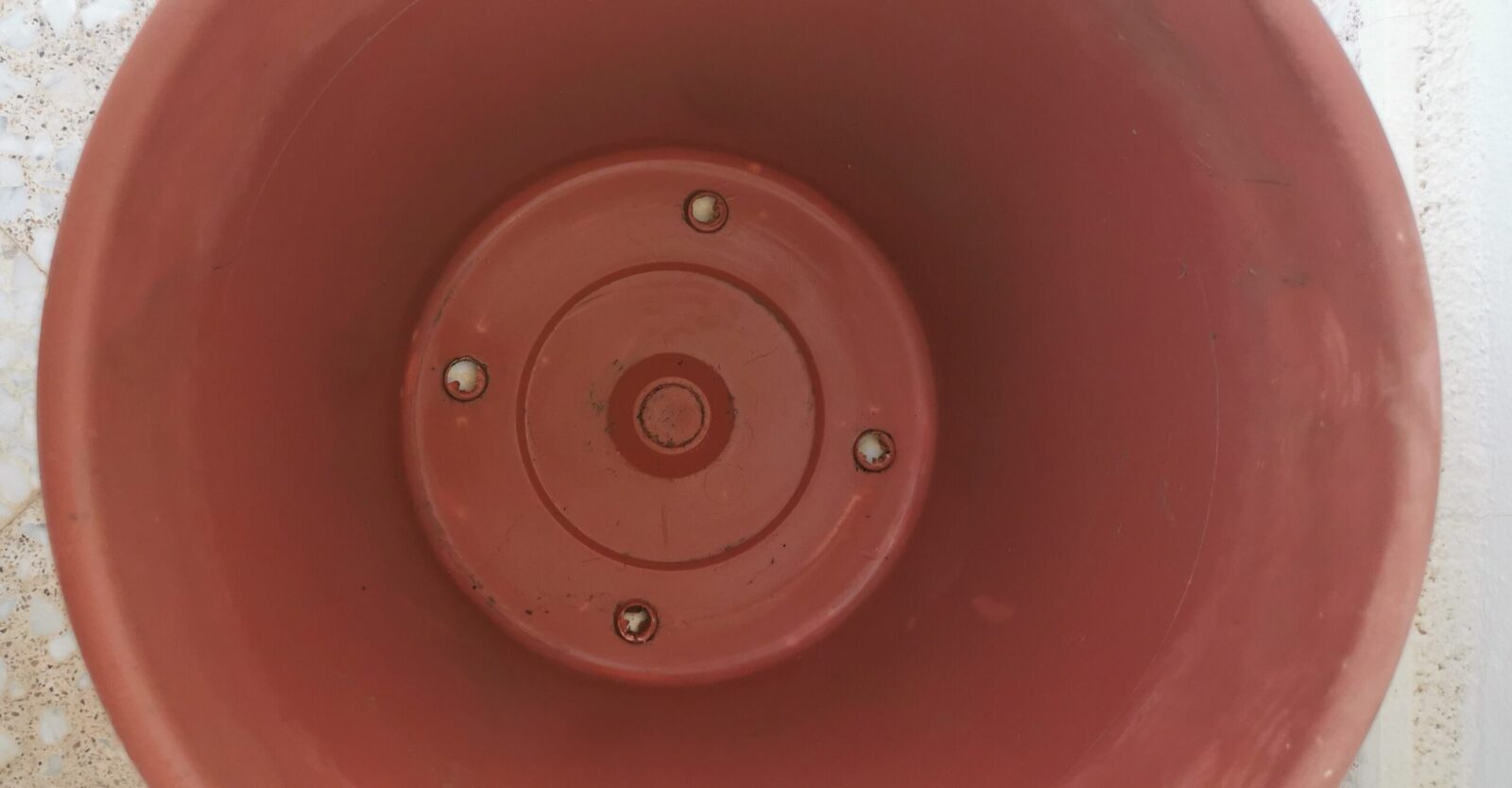
Related article: Causes of Yellow Spots on Anthurium Leaves & How to Treat Them
Prevention Methods from Root Rot
To prevent this disease, just follow these simple steps and key points I made:
1. Proper Drainage: Once again, please always make sure that the containers you’re using have appropriate holes at the bottom. Also, if you have muddy soil, you can mix it with a few rocks. This will help the soil to get rid of the access water easily.
2. Do not over-water! The only time you need to water your plant is when the soil is dry. Otherwise, you shouldn’t water it. It is okay to touch the soil before watering. I know some people don’t like to touch the soil, but you can use a small tool to flip the top first inch of the soil to see if it is dry or moist.
3. Use the right type of soil: Use a soil mix that drains well and contains a balance of organic matter and mineral particles. Avoid using soil that is heavy in clay or silt, as these can retain water and lead to root rot.
4. Humidity trays: These types of trays help when you’re living in a humid environment.
5. Each now and then, you need to check on the root system. You also need to prune any roots that seem damaged or diseased. This will help you to ensure that your plants are healthy and able to absorb the water they need.
6. Monitor the environment. You need to pay attention to where your plants are growing. If the environment is too humid, or if the temperature is too high, the water retention in the soil will increase promoting root rot.
7. Ventilation is necessary for our plants. We always need to make sure they have access to fresh air and light. Ventilation helps to prevent the growth of mold and mildew, which can lead to rot.
If you follow these tips, I assure you, your plants will remain healthy and fresh.
I hope this information was helpful! If you want to know more about plants, please join our newsletter and follow our social platforms

